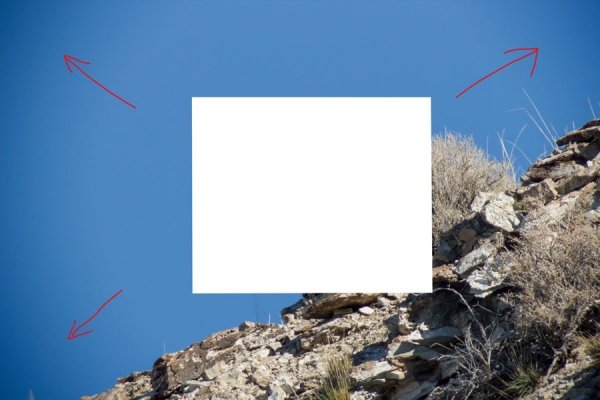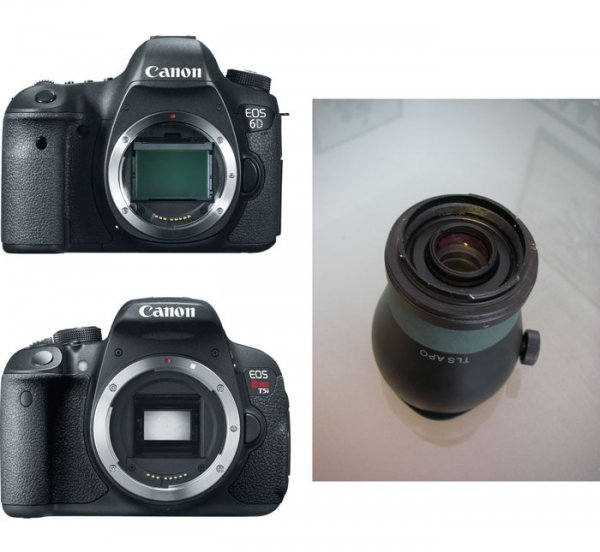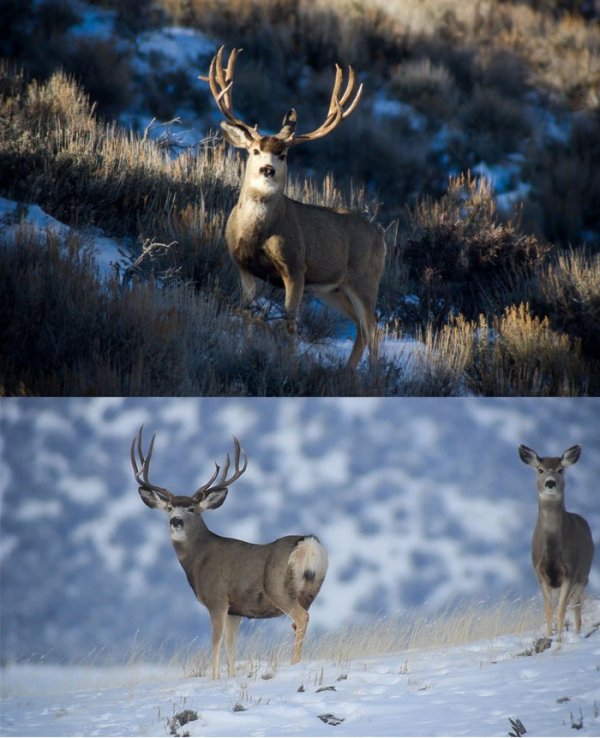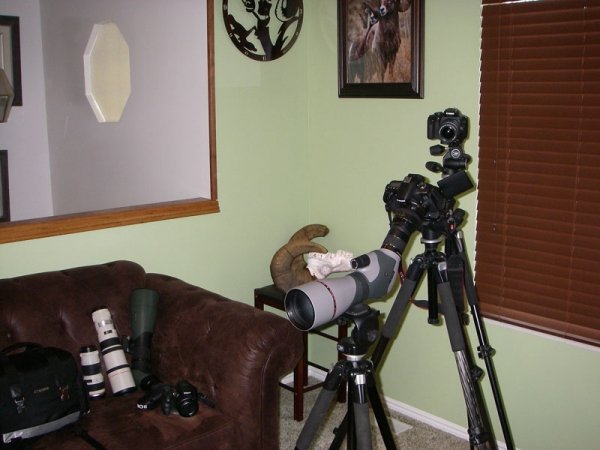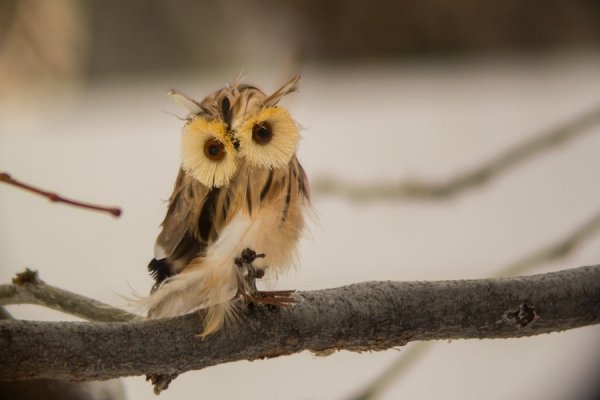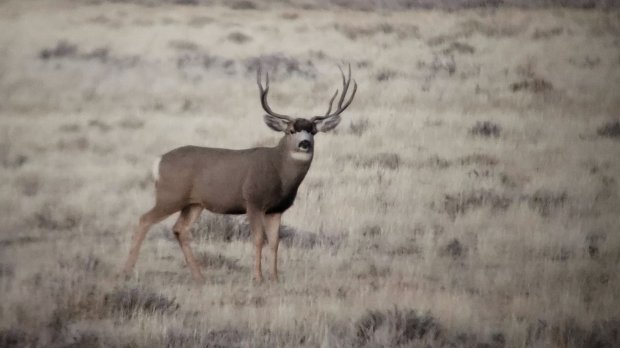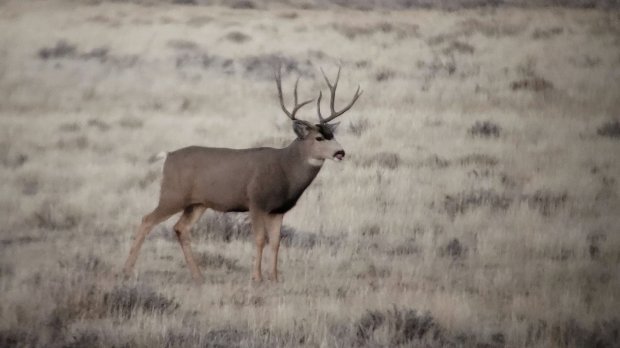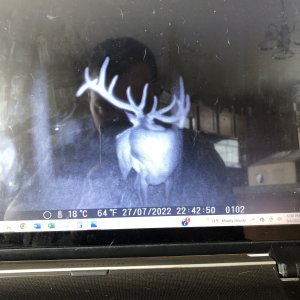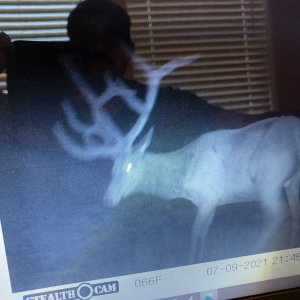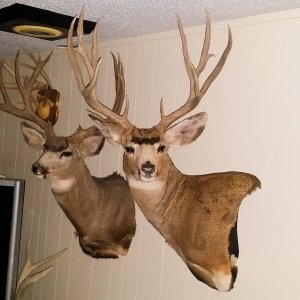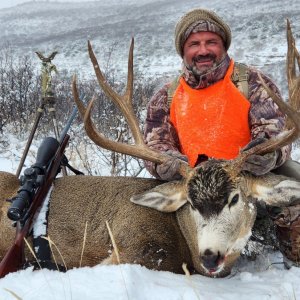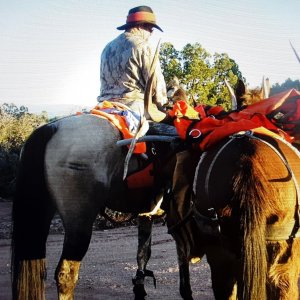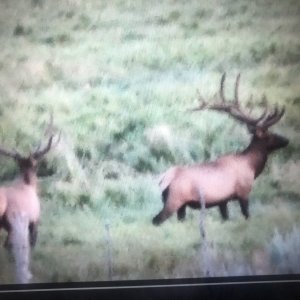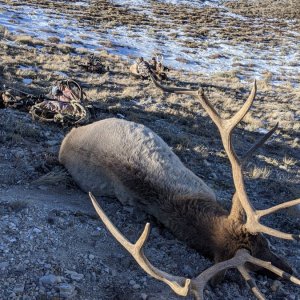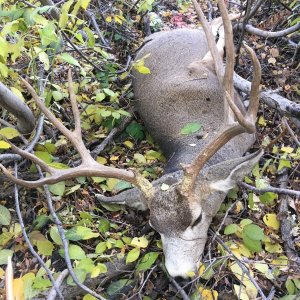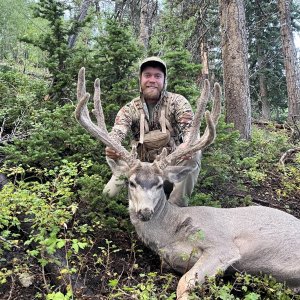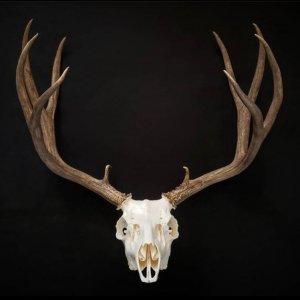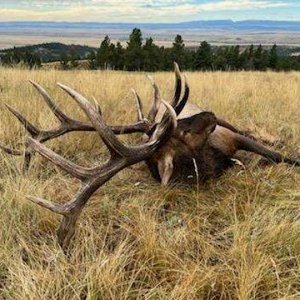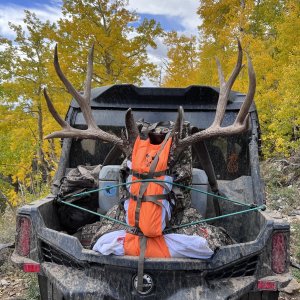TRDhunter, I totally understand that we all cant afford the X series system.
It can be a lot of money. The scope, TLS APO, and a camera like a 70D would set you back as much as a my first automobile purchase.
I happen to have a vortex razor 85 as well. Have you looked at the vortex D.C.A.?
The kit comes with 30mm, 37mm, 43mm, 52mm, 55mm, and 58mm filter thread adapters that would screw onto the front of your lens, if you have a lens that has one of those sizes of filter threads on it.
The Vortex DCA is a decent system. You will still have the dual focus issue, and you will want to shoot in either full manual, or aperture priority.
I would shoot in full manual, and just use the wheel on the back of your body to open the aperture all the way up.
You will have the dual focus issue with this system since both the scope, and the camera lens have their own focus mechanism. This just takes a bit more time to focus properly.
Like I said earlier, if your eye can see a high quality image through the scope, your camera should be able to capture that same level of quality.
Set up your stuff in your neighborhood, settle on a stop sign, or something like that.
Focus your scope to your eye. Then add the camera to the scope. Flip the switch on your lens to manual focus. focus the camera lens.
Then, with the scope and camera still connected, fine tune the focus on the scope and then the camera lens, until you get a perfect focus.
Just do that bit of it, with the camera set to the green, auto setting.
Now turn the top dial to manual mode.
Push the live view button that turns on your LCD screen.
Now, push the DISP button until your display shows your white balance, your shutter speed, your ISO, and other display functions.
It should look like this.
Now we have to just adjust the camera settings.
Do not fear doing this. This will not screw with any other settings on your camera. This will only change things in the manual mode.
Press the Q button and it will highlight the white balance setting. To adjust it, you use the small wheel on top, by the shutter button. Not the large wheel on the back. That one is for adjusting your aperture.
Turn that to match your conditions.
If you are outside you only need it set to one of three options.
Daylight, for bright, sunny conditions, shade, or cloudy. I use shade when I am in the sun, but the subject is in shadows, and I use the cloudy setting when the sky is overcast.
Thats it.
So, arrow down to your next icon. Should be a picture style. Set this to the L mode for landscape. I know you are not taking landscapes, but just set it there anyways.
Set the next one to standard, the new one to whatever quality level you want. Raw if you have software that will read raw, raw+L if you want jpeg files, ect.
Next to single shooting, or multiple if thats what you want, and then live mode on the next.
Press your Q button again and this will exit this menu, back to the live view, with your display.
Don't worry, you don't have to do that every time, The only thing you will need to adjust there is the white balance.
I like to do this before I encounter a subject.
If I am out and the conditions are overcast, I turn it on, set the white balance, to the sun conditions and put it away.
Of course things change, and it is real easy to hit that white balance and change it to the current conditions.
Now, the rest is super simple.
We are focused, we have the camera settings in a good place to begin with.
These next steps are where the majority of your work is done time in, and time out.
Turn the wheel on the back of the camera body and you will notice that the image brightens and darkens. Note the number for aperture setting is changing.
Use the lowest number that your lens will allow you to use. If you have an F2.8 lens, turn it all the way to F2.8 If you have a low end of F4.0, set it there.
You can see how this is letting light in, or cutting it off. We want as much light as we can get.
This is what the aperture priority setting is doing. For you, with the 70D, its much easier to do with the aperture wheel.
Push the ISO button on the top of the camera.
You will notice that the bottom bar changes, and the only icon left along the bottom is the ISO setting.
Turn the wheel on top, next to the shutter button until the ISO reads 100 if you have bright sunny conditions, or 400 if you have less sun.
You will be more comfortable with ISO and where you want it as you gain experience.
My rule of thumb, always use the lowest ISO you can get away with and still freeze motion.
Push your ISO button again to return to the menu.
Now you only have one thing to adjust, thats your shutter speed.
Without pushing any other buttons, you would be able to just turn the wheel on the top and the shutter speed will adjust.
Turn it one way, the image darkens on the screen, turn it the other way, the image brightens.
Now, set the shutter speed where you want it, and take a picture, but wait, don't do anything else yet!
I want you to adjust the shutter speed again and take another one. Adjust the shutter speed until the image darkens and nearly becomes invisible in the darkness on the screen, then take another picture.
Now review the two photos.
What you will likely see is that the first picture you took is overexposed and the second one is nicer.
Why?
Its because you have made a mess that the camera software can not understand.
The camera software has been programmed to understand how to take photos through a camera lens.
You have a camera lens, and an adapter, and a spotting scope all stacked up in front of the normal situation.
So, the camera software is not reacting properly.
It has no idea that you have added all this stuff to the front of the lens.
Its not compensating for any of the extra glass you have added, or the other conditions that the spotting scope creates.
Thats why you have to do it manually.
It feels cumbersome and difficult when you first do it, but if you do it often you will become very fast at it, and very good at it.
I can now perform all these manual functions faster than a guy can digiscope with a point and shoot, or a cell phone. But it took a couple years to figure out what ISO and shutter speed combos you need to get the exposure right.
I will try to make a little video of this with the Vortex and a DSLR to make this easier on you.
www.newfoundlandbighornsheep.com
